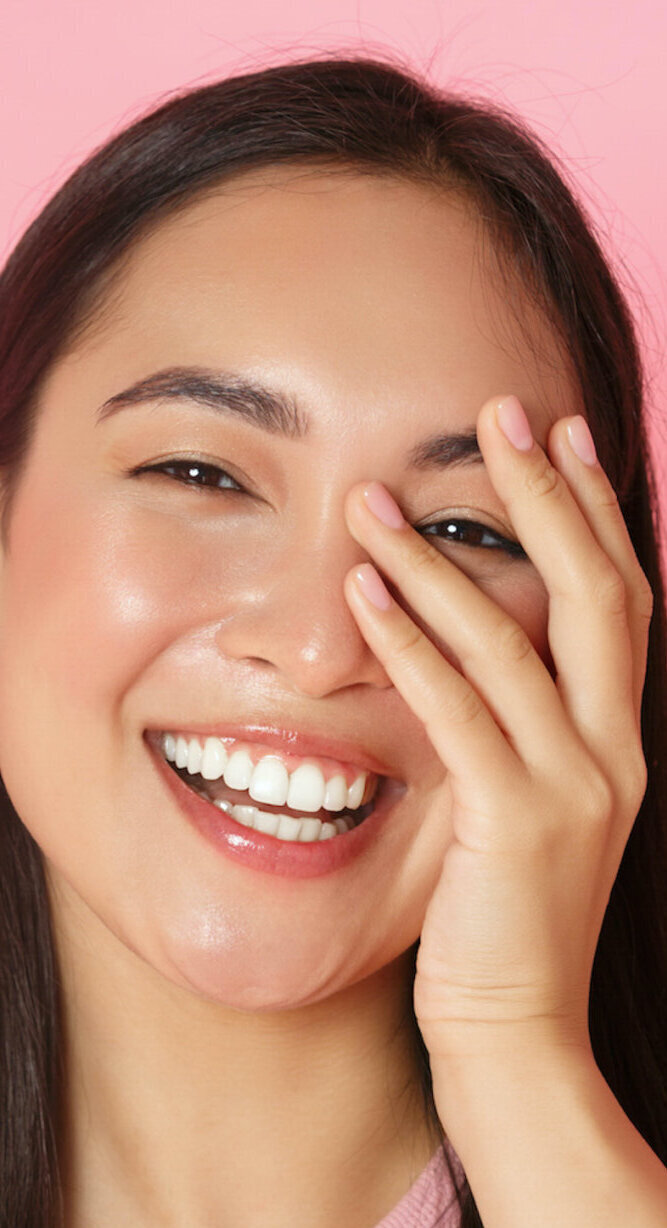Natural-looking double eyelid surgery with Dr Kian
Double eyelid surgery (Asian blepharoplasty) helps to create a fresher, more “awake” appearance for the patient. Excess skin, muscle, and fat are removed if they contribute to a puffy appearance.
Many people of Asian origin are born with no upper eyelid crease (also known as a “single” or “mono” eyelid), which can cause the lashes to sag into the visual axis (a condition known as “lash ptosis”). Sometimes the eyelid is droopy or has ptosis, which can give the patient a “sleepy” appearance, and some patients have a “mongoloid fold” or an epicanthic fold at the nasal corner.
- Performed by Dr Kian, a UK-trained Consultant Plastic Surgeon who is trained in both surgical & non-surgical eyelid rejuvenation techniques
- British Association of Aesthetic Plastic Surgeons (BAAPS) Aesthetic Fellowship training in London & Sydney, Australia
- Systematic approach & personalised surgery for natural-looking results
- IFAAS (International Fellowship in Advanced Aesthetic Science) training in Asian eyelid surgery and Korean techniques
- Consultation and full aftercare provided by Dr Kian
There are two ways to carry out this treatment. The first method involves an incision, allowing the scar to be concealed in the crease of the eye. This alternative necessitates two weeks of recovery, with the scar completely healed in three months.
The second approach creates the crease with a running stitch, requires no incisions, and leaves no scar. The recuperation time is shorter (one to two weeks), but the results can be more shortlasting (average 1-4 years).
Double eyelid lift surgery is usually performed under local anaesthesia as a day-case procedure. This means you’ll be able to leave on the same day. If preferred, it can also be performed under general anaesthesia (while you are asleep).
Dr Kian completed the IFAAS advanced training on Asian blepharoplasty and am now looking to offer these procedures:
– Asian blepharoplasty
– Double eyelid surgery – non-incisional (suture only) and incisional techniques
– Medial epicanthoplasty – for epicanthic folds














